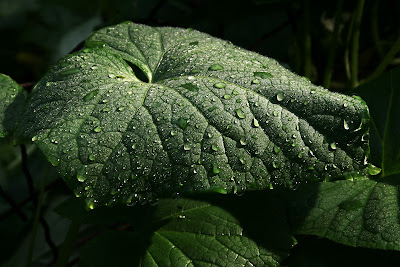When someone you wants a nice
formal portrait there are a few things to keep in mind. Posing, lighting,
background, retouching and focal length are some of the points that need to be
taken into consideration. When everything comes together the result is an image
that the subject will be proud to display.
There are many styles of portrait
lighting. The recent trend is toward a very even and diffused light on all
sides of the subject. Formal portraits for many years were built on a
foundation of the key and fill light. This lighting style features one side of
the face in brighter light than the other. The Hollywood
era of the 1930s and 40s featured black and white images with deep shadows. The
important point is that the subject is lit in a manner that is flattering.
By definition formal portraits have
some type of cloth or paper backdrop as opposed to an environmental portrait
which includes elements such as tools for an image of a mechanic, or horse and hay
bales for a cowboy. There are all painted canvas backdrops and seamless paper
in all colors. A brightly lit portrait with a white background is known as a
high key portrait.
Posing your subject is important
and professionals have many poses in their repertoire. It is best not to use a
regular chair because that can end up showing up in the image as a distraction.
An adjustable is the beat. I prefer to have the person seated at an angle with
one shoulder pointed at the camera. Then I have them turn their face directly
at the camera. Shoot some with that shoulder facing forward; then switch to the
other shoulder. Also make slight adjustment to the head position. If you are
using a tripod, which is great for camera stability, shoot a few image from a
bit higher than the subjects’ eye level and a few images from below eye level.
If the person wear eyeglasses, it may be necessary to have them drop their chin
a bit to avoid glare from the lenses of their glasses.
Another advantage of a tripod is if
you are shooting several people in a session, things will move faster if the
posing stool and tripod-mounted camera stay in position as the people posing
flow through. Some photographers prefer not to use a tripod because they feel
they have more freedom to move about. Shooting toddlers for instance may work
better when not locked into a tripod. But executives tend to be well behaved in
that regard.
When 35mm cameras were the workhouse
of photographers the 105mm lens was known as a portrait lens. Why? Because if
did the best job of replicating the way the human eye sees another person.
Focal lengths on the high end such as 400mm and longer tend to flatten the face
a bit. On the other end of the scale wide angle lenses tend to distort the face
and make the nose seem longer. In some cases the subject’s ears may far seem away
or the shoulders look out of proportion. With a DLSR there is a slight
conversion to compensate for the fact that most digital sensors are smaller
than a frame of 35mm film. So if you have a zoom lens on your DSLR set the lens
at somewhere between 50mm and 90mm for optimal results.
Children have beautiful clear skin,
but when you are shooting adults, retouching becomes an issue because of
wrinkles, bags under the eyes, blemishes and other issues. Learning to use a
few post processing techniques will lead to pleased customers. Just remember
that there is such a thing as too much of a good thing. I used to do some
portrait work for people who needed pictures to go on their online dating
profile page. Although I normally did some fix up work; one woman requested
that I make her look much thinner and offered to pay extra for it. I declined.
Retouching jobs can be sent out to
third party firms, often located offshore in places like the Philippines
or Malaysia. I
recommend doing it yourself. The healing tool is my favorite. Get a fuzzy brush
and set the opacity pretty low and go layer by layer. Most adults have crow’s
feet on their eyes that can be dealt with easily. Select some nice clear on the
cheek and layer that over the problem area. Then look for bags under the eyes
and do likewise. Sometimes I will brighten the whites of eyes with the dodge
tool or a very light application of white paint with the airbrush. It will make
the person look healthier. Just don’t overdo it. The teeth can be whitened this
way too. Some women will apply a thick coat of lip gloss right before sitting
for a portrait and that using ends up reflecting the portrait light back at the
camera. So this may have to be solved with the cloning tool or the healing
brush.
One more point important when
shooting portrait is to put the subject at ease and get them to relax and give
a pleasant smile. I always like to get a good natural smile in a t least one
shot. But for some portraits, such as a police officer or politician I also
like some serious expressions. There are some photographers that real masters
of dealing with people. Others know equipment, but lack people skills.
It takes practice to get it right.
However, if you keep these points in mind, you will find it easier to create
great formal portraits.

















